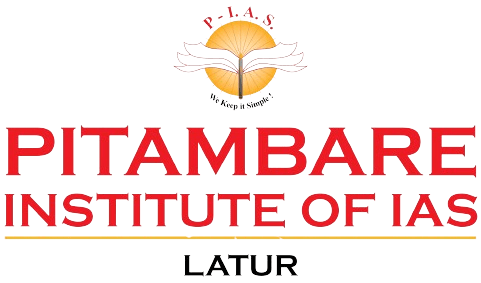2 January 2023
| Content Eco-Sensitive Zones The danger of deepfakes Data |
Eco-Sensitive Zones
Context-Field verification for ESZ may turn futile in Kerala
What are Eco-Sensitive Zones?
Eco-Sensitive Zones (ESZs) are also known as Ecologically Fragile Areas (EFAs).
Eco-sensitive zones are areas notified by the MoEFCC around Protected Areas, National Parks and Wildlife Sanctuaries.
The purpose of declaring ESZs is to create some kind of “shock absorbers” to the protected areas by regulating and managing the activities around such areas.
As per the National Board for Wildlife NBWL, the delineation of eco-sensitive zones have to be site-specific, and the activities should be regulative in nature and not prohibitive unless required.
The basic aim is to regulate certain activities around National Parks and Wildlife Sanctuaries to minimize the negative impacts of such activities on the fragile ecosystem encompassing the protected areas.
They also act as a transition zone from areas of high protection to areas involving lesser protection.
However, the Environment (Protection) Act, 1986 does not mention the word “Eco-Sensitive Zones”.
Besides, Rule 5(1) of the Environment (Protection) Act 1986 (EPA) states that the central government can prohibit or restrict the location of industries and carry on certain operations or processes on the basis of certain considerations.
Extent of Eco-Sensitive Zone
An ESZ could go up to 10 kilometres around a protected area, as provided in the Wildlife Conservation Strategy, 2002.
Eco-Sensitive Zones – Activities Permitted
Activities Permitted under Eco-Sensitive Zones – Ongoing agricultural or horticultural practices, rainwater harvesting, organic farming, use of renewable energy sources, adoption of green technology for all activities.
Activities prohibited under ESZs – commercial mining, saw mills, industries causing pollution (air, water, soil, noise etc), the establishment of major hydroelectric projects (HEP), commercial use of wood, Tourism activities like hot-air balloons over the National Park, discharge of effluents or any solid waste or production of hazardous substances.
Activities under regulation- Felling of trees, the establishment of hotels and resorts, commercial use of natural water, erection of electrical cables, drastic change of agriculture system, e.g. adoption of heavy technology, pesticides etc, widening of roads.
Editorial Analysis
The danger of deepfakes
What are deepfakes and threat associated with it
- Deepfakes are synthetic media (including images, audio and video) that are either manipulated or wholly generated by Artificial Intelligence.
- AI is used for fabricating audios, videos and texts to show real people saying and doing things they never did, or creating new images and videos.
- These are done so convincingly that it is hard to detect what is fake and what is real.
- They are used to tarnish reputations, create mistrust, question facts, and spread propaganda.
Legal provision in India
- Deepfakes even have the power to threaten the electoral outcome.
- So far, India has not enacted any specific legislation to deal with deepfakes.
- However, there are some provisions in the Indian Penal Code that criminalise certain forms of online/social media content manipulation.
- The Information Technology Act, 2000 covers certain cybercrimes.
- But this law and the Information Technology Intermediary Guidelines (Amendment) Rules, 2018 are inadequate to deal with content manipulation on digital platforms.
- The guidelines stipulate that due diligence must be observed by the intermediate companies for removal of illegal content.
- In 2018, the government proposed rules to curtail the misuse of social networks.
- Social media companies voluntarily agreed to take action to prevent violations during the 2019 general election.
- The Election Commission issued instructions on social media use during election campaigns.
How to deal with the problem of deepfakes
- Only AI-generated tools can be effective in detection.
- Blockchains are robust against many security threats and can be used to digitally sign and affirm the validity of a video or document.
- Educating media users about the capabilities of AI algorithms could help.
- Six themes identified in the workshop convened by the University of Washington and Microsoft are to dela with the deepfakes
- 1) Deepfakes must be contextualised within the broader framework of malicious manipulated media, computational propaganda and disinformation campaigns.
- 2) Deepfakes cause multidimensional issues which require a collaborative, multi-stakeholder response that require experts in every sector to find solutions.
- 3) Detecting deepfakes is hard.
- 4) Journalists need tools to scrutinise images, video and audio recordings for which they need training and resources;
- 5) Policymakers must understand how deepfakes can threaten polity, society, economy, culture, individuals and communities.
- 6) Any true evidence can be dismissed as fake is a major concern that needs to be addressed.
Data
India’s unemployment rate rose to 8.3% in December, the highest in 16 months, from 8% in the previous month, data from the Centre for Monitoring Indian Economy (CMIE) showed

